How to Choose Effective Food Packaging Solutions for Your Products
In today’s competitive market, the significance of choosing effective food packaging solutions cannot be overstated. According to the latest report by Smithers Pira, the global food packaging market is projected to reach $450 billion by 2024, driven by increasing consumer demand for convenience, sustainability, and safety. As consumer awareness regarding packaging material impacts on both health and the environment grows, businesses must prioritize innovative packaging strategies that not only preserve the quality of their products but also appeal to eco-conscious buyers.
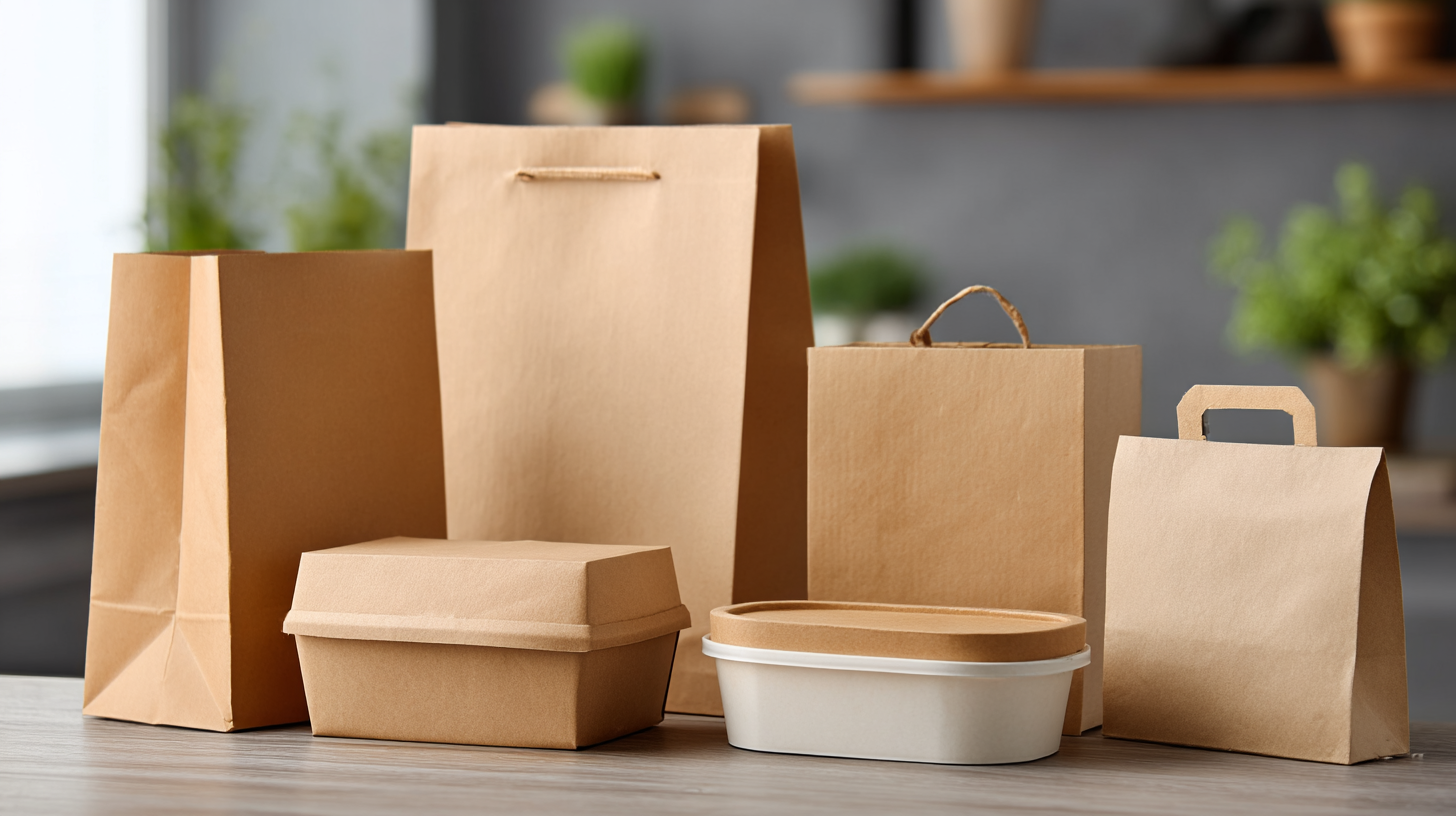
Moreover, a study by Grand View Research highlights that approximately 50% of consumers are willing to pay more for sustainably packaged products, emphasizing the need for brands to adapt their packaging solutions to align with these values. Therefore, understanding the various factors that influence effective food packaging choices is essential for manufacturers aiming to enhance product appeal, prolong shelf life, and meet regulatory standards while fostering brand loyalty in a rapidly evolving retail landscape.
Understanding Your Product's Unique Packaging Needs
When selecting food packaging solutions, it's crucial to first understand the unique needs of your product. Different food items have varying requirements based on their perishability, composition, and intended shelf-life. For instance, products that are moisture-sensitive need packaging that offers optimal barrier properties to prevent spoilage. In contrast, items that are fat-rich might require materials that can resist grease and maintain product integrity. Identifying these characteristics helps in choosing the right materials that will not only protect the product but also preserve its quality.
Additionally, considering the target market and distribution methods is vital. For example, if your product is designed for a niche market that values sustainability, biodegradable or recyclable packaging should be prioritized. Alternatively, products that require a long shelf life for distribution to remote locations may benefit from vacuum-sealed options. Understanding your product's unique packaging needs enables you to tailor the packaging not only for protection but also for consumer appeal and environmental considerations, which can significantly impact overall consumer satisfaction and brand loyalty.
How to Choose Effective Food Packaging Solutions for Your Products - Understanding Your Product's Unique Packaging Needs
| Product Type | Packaging Material | Shelf Life | Sustainability | Cost Range |
|---|---|---|---|---|
| Organic Snack Bars | Biodegradable Wrapper | 6 months | High | $0.30 - $0.50 per unit |
| Frozen Vegetables | Plastic Freezer Bags | 12 months | Medium | $0.15 - $0.25 per unit |
| Beverages | Glass Bottles | 12 months | High | $0.50 - $1.00 per unit |
| Chilled Deli Meats | Vacuum Sealed Pouches | 2 months | Medium | $0.30 - $0.60 per unit |
| Fresh Bakery Items | Paper Bags | 3 days | High | $0.10 - $0.25 per unit |
Evaluating Material Options for Sustainable Food Packaging
The rising demand for sustainable food packaging solutions has become a crucial trend within the food industry. Evaluating material options for environmentally friendly packaging is vital for manufacturers looking to innovate and meet consumer expectations. Traditional plastic packaging, while effective in preserving food quality and safety, is increasingly scrutinized for its environmental impact. Therefore, companies are turning to alternative materials that are recyclable or made from renewable resources, such as paper, cardboard, and advanced aluminum foils designed to minimize waste.
These innovations not only cater to sustainability but also enhance product shelf life, ultimately contributing to market growth. For instance, advancements in aluminum foil production focus on creating eco-friendly variants that reduce ecological footprints and improve recycling processes. As the industry embraces such trends, it signals a shift toward more responsible packaging practices that align with consumer values. This continuous evolution in packaging solutions presents manufacturers with potential opportunities to differentiate their products in a competitive landscape while addressing the pressing environmental concerns facing our planet.
Material Options for Sustainable Food Packaging
Balancing Cost and Quality in Packaging Solutions
When it comes to food packaging, the challenge lies in striking a balance between cost and quality. Businesses often feel the pressure to minimize expenses without compromising the integrity of their products. This necessitates careful consideration of materials and processes that meet both functional and economic requirements. For instance, utilizing biodegradable packaging may come with a higher initial cost, but it can enhance brand image and cater to a growing eco-conscious consumer base, potentially leading to increased sales in the long run.
Moreover, the quality of packaging directly impacts food preservation and safety, which are paramount in the food industry. Low-cost materials might save money upfront but could lead to spoilage or contamination, undermining customer trust and leading to costly recalls. Thus, investing in high-quality packaging solutions that ensure freshness and safety is essential, even if the short-term costs are higher. Ultimately, achieving a harmonious balance between cost and quality allows businesses not only to protect their products but also to foster brand loyalty among consumers.
Incorporating Brand Identity into Packaging Design
Incorporating brand identity into packaging design is essential for creating a lasting impression on consumers. A well-designed package not only serves to protect the product but also communicates the brand's values and personality. To achieve this, businesses should start by defining their brand identity, considering elements such as color schemes, typography, and messaging that align with their target audience. For instance, a premium product may benefit from elegant and minimalist packaging, while a brand aimed at younger consumers might opt for vibrant colors and playful graphics.
Moreover, consistency across all packaging types is crucial for reinforcing brand recognition. When customers encounter familiar design elements, they are more likely to make repeat purchases, as trust and familiarity play significant roles in consumer behavior. Additionally, integrating sustainable materials and practices into packaging design can enhance a brand’s identity, showcasing a commitment to environmental responsibility. Ultimately, the goal is to create packaging that not only attracts attention but also fosters an emotional connection with consumers, aligning the product with their lifestyle and values.
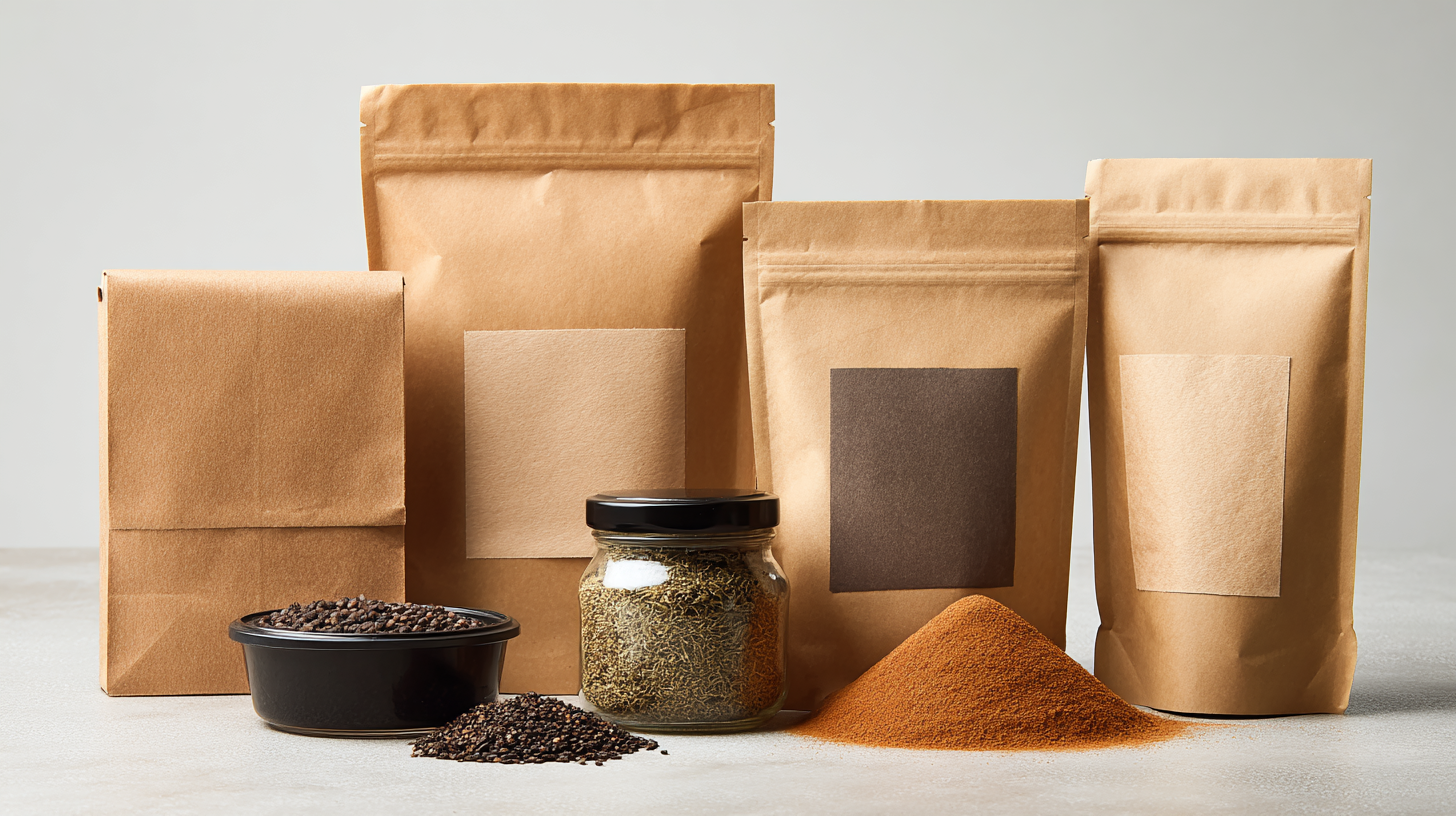
Ensuring Compliance with Food Safety Regulations
When choosing effective food packaging solutions, ensuring compliance with food safety regulations is paramount. According to a report by the Food and Drug Administration (FDA), around 48 million people in the U.S. fall ill each year due to foodborne illnesses, underscoring the critical need for packaging that maintains product safety and quality. Proper food packaging materials can prevent cross-contamination, extend shelf life, and protect against harmful pathogens, creating an essential barrier between the food and potential environmental hazards.
In addition to adhering to safety standards, packaging must also meet specific regulatory requirements, such as those outlined by the Food Contact Notification (FCN) regulations. A study by Packaging Strategies indicates that approximately 79% of consumers express a preference for eco-friendly packaging that does not compromise safety. This shift towards sustainable solutions requires manufacturers to stay updated on evolving regulations that cover everything from materials used to labeling practices. By investing in compliant and innovative packaging, companies not only enhance food safety but also meet consumer demands for transparency and sustainability in their operations.
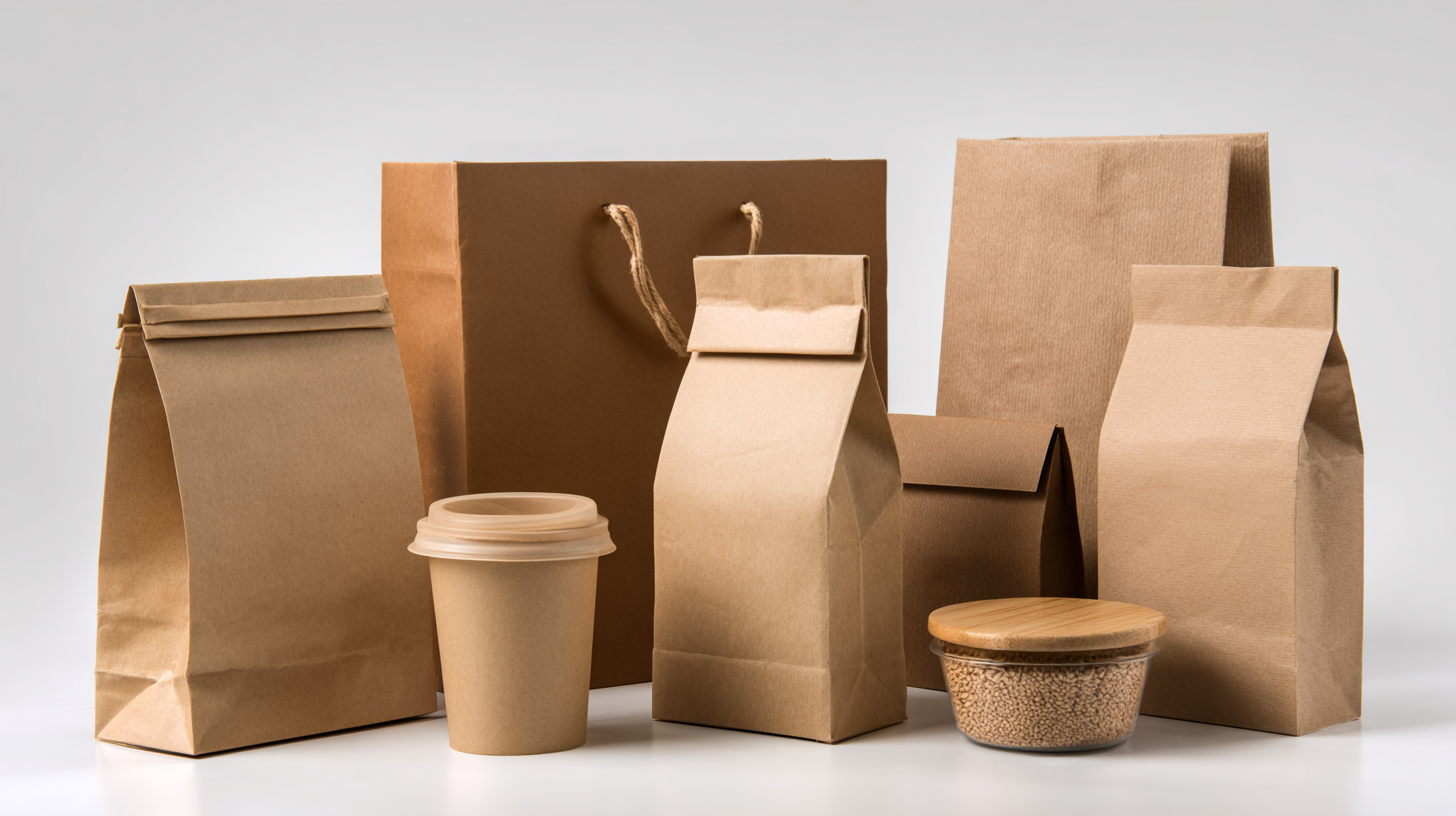
Related Posts
-
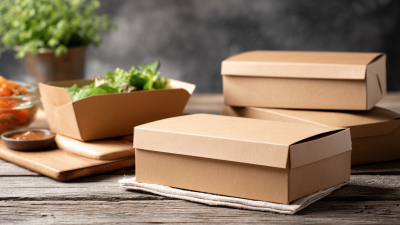
Global Reach of Best Food Packaging Solutions Elevating Quality Standards in International Markets
-
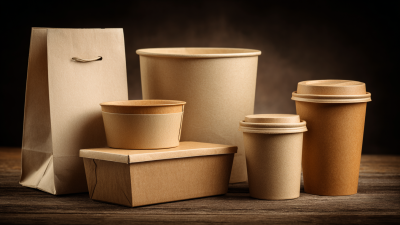
Ultimate Guide to Choosing the Best Food Packaging Solutions for Your Business
-
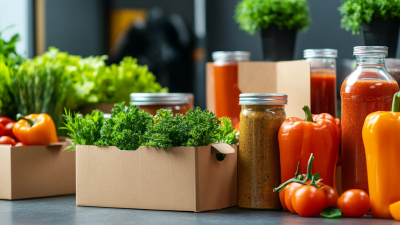
Innovative Food Packaging Solutions 5 Compelling Reasons to Upgrade Your Supply Chain
-
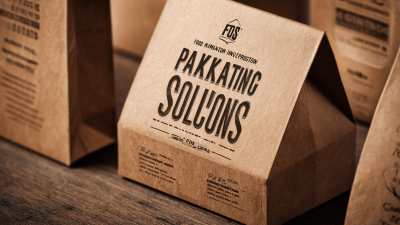
Maximizing Your Investment with Best Food Packaging Solutions 5 Essential After Sales Service Tips
-
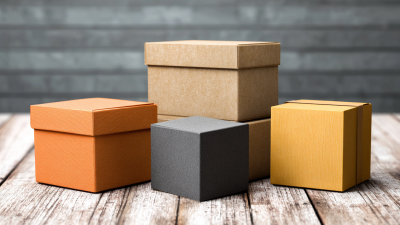
What is Packaging Printing? Exploring Trends and Innovations in a $400 Billion Industry
-
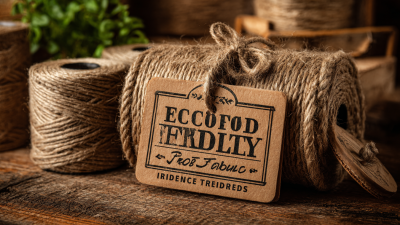
5 Tips for Choosing the Best Eco Friendly Product Labels based on 2023 Industry Trends
